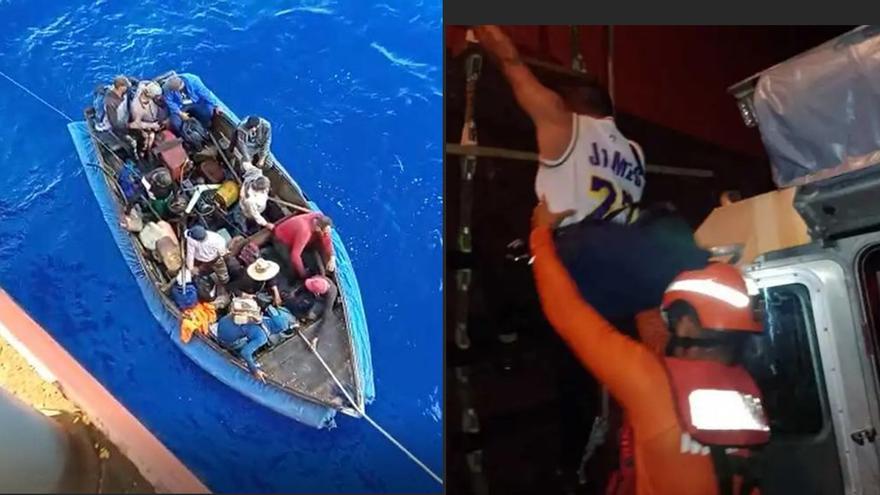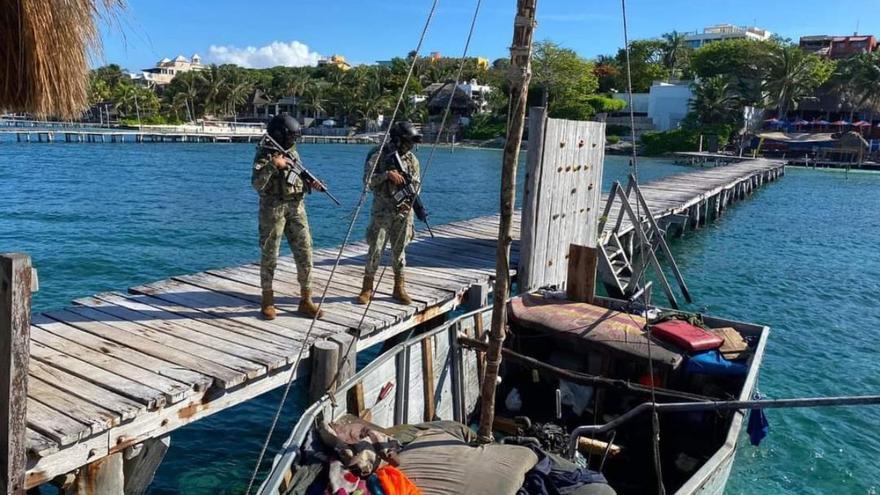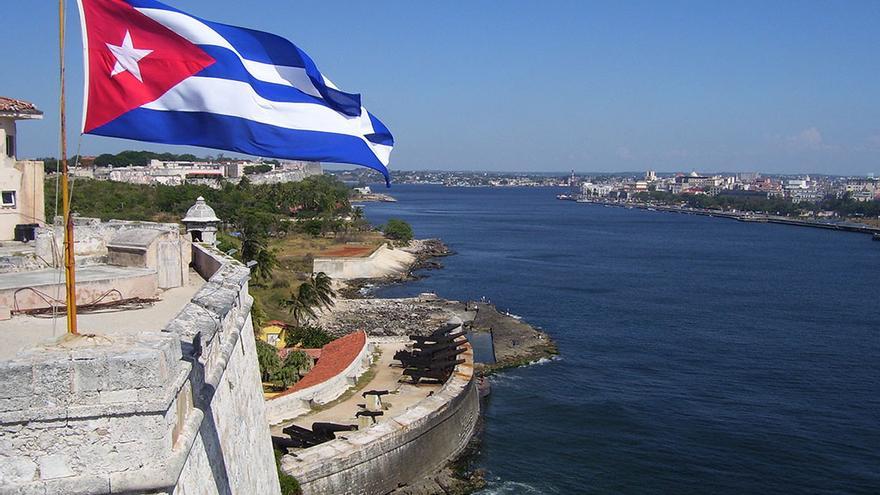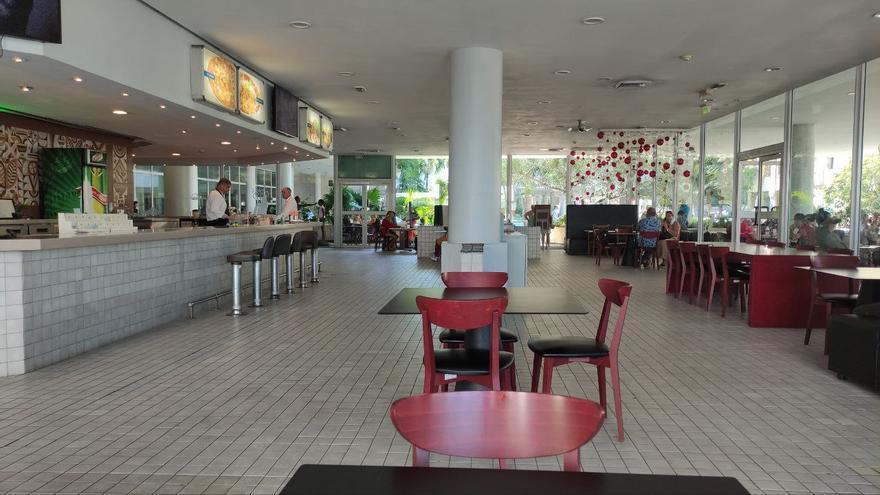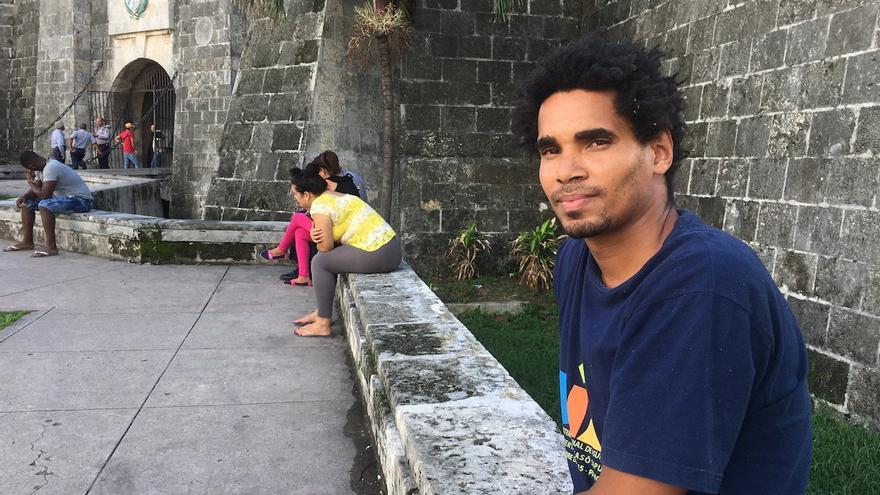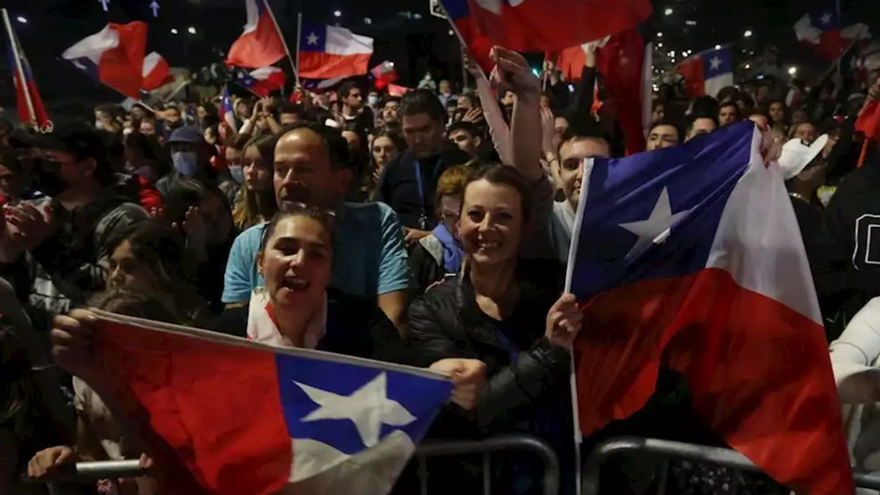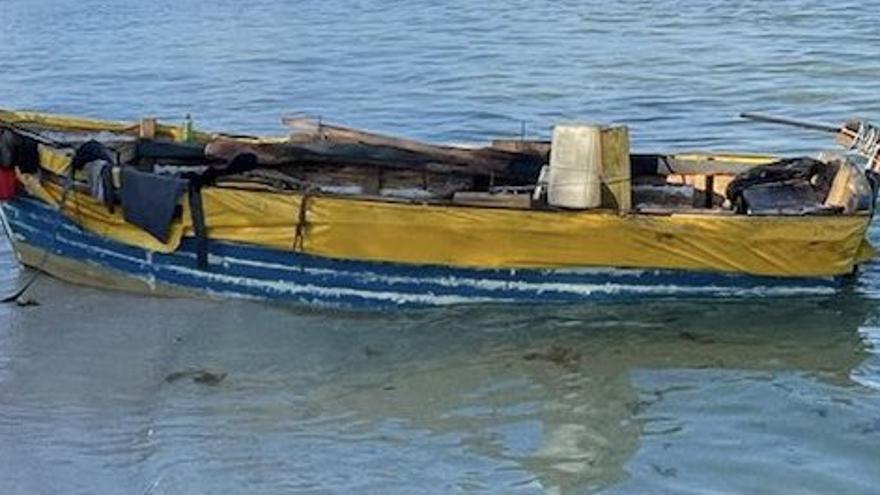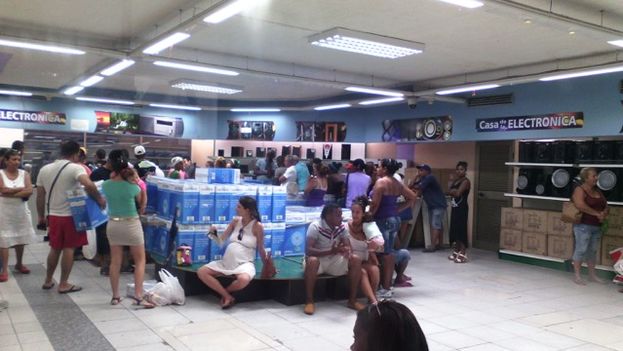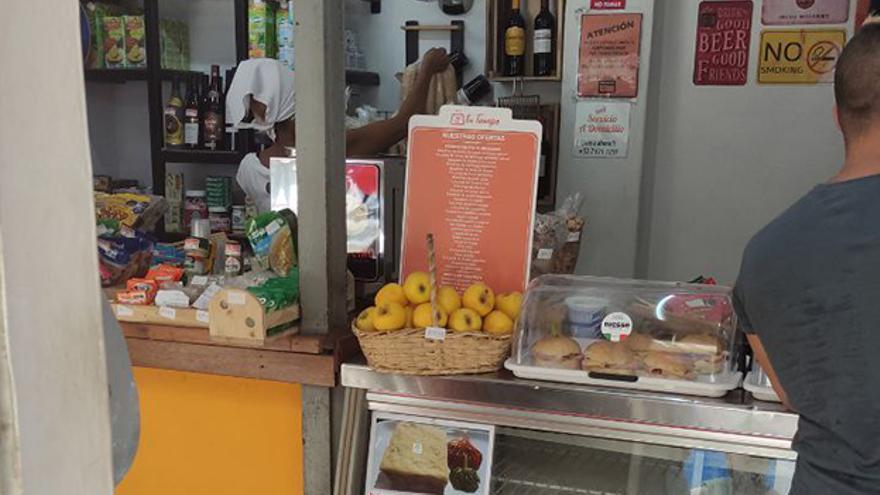
![]() 14ymedio, Madrid, 6 September 2022 — The rise in the consumer price index (CPI) gives no respite in Cuba and increased this July by 3.35%, boosted by the unstoppable rise in food prices. Data from the National Bureau of Statistics (ONEI) reveal that, so far this year, the CPI has grown by 17.28%, and the year-on-year variation stands at 32.32%.
14ymedio, Madrid, 6 September 2022 — The rise in the consumer price index (CPI) gives no respite in Cuba and increased this July by 3.35%, boosted by the unstoppable rise in food prices. Data from the National Bureau of Statistics (ONEI) reveal that, so far this year, the CPI has grown by 17.28%, and the year-on-year variation stands at 32.32%.
Although the increase is moderate, compared to the months of April and May, when it was 3.54% and 3.55% respectively, the deterioration is perceived compared to June, when prices grew by 2.83%.
Alcoholic beverages and tobacco lead the rise, as their prices increased that month by more than 6%, although the most worrying thing remains the increase in the cost of food and non-alcoholic beverages, which grew in July by 4.67% compared to the previous month and already accumulate an increase of more than 27% for the year. In addition, compared to the price they had the previous year, the increase is 52.59%.
“The year-on-year inflation level of 32% in July 2022 reflects macroeconomic imbalance. Either it is corrected, or inflation will further sink the purchasing power of the national average wage and impoverish the average household,” Cuban economist Pedro Monreal said on Monday, commenting with concern on the rise in the most recent data indicating the loss of purchasing power of Cubans. continue reading
The figures provided by ONEI put in black and white the concerns of citizens, who have been alarmed for months about the increase in the cost of almost all goods. The document reflects that the products with a greater variation compared to the previous month are intercity collective transport, which grows by almost 17%, intercity taxi, with more than 14%, bricks, more than 11%, and cigarettes and snapper, which increase in price by more than 9%.
In addition, by sector, food and non-alcoholic beverages (65.69%), restaurants and hotels (13.15%) and transport (8.21%) are the ones that experience the most variations compared to June.
The rise in the price of pork, which little by little has become a prohibitive product, is 6.33%, with a real effect that is close to 33%. But other meats are not spared: poultry varies by almost 8% and the mutton by 4.6%, while eggs rose by 2.99%.
In the list, the appearance of rice among the fastest growing foods stands out, 4.22%, which translates into a monthly effect of 6.29%, complicating access to a basic food in the Cuban culture and diet, and one with which most families have been easing the shortage of other products for decades.
Last August, the American economist Steve Hanke placed Cuba as the country with the second highest inflation in the world, behind Zimbabwe, in Africa. “The economic collapse knows no barriers in Cuba’s communist paradise,” said the professor of Economics at Johns Hopkins University. According to his calculations, on August 18, inflation reached 135%, a much higher number than that reported by ONEI, which only has the official prices in a country where the parallel market is effectively dominant.
Translated by Regina Anavy
____________
COLLABORATE WITH OUR WORK: The 14ymedio team is committed to practicing serious journalism that reflects Cuba’s reality in all its depth. Thank you for joining us on this long journey. We invite you to continue supporting us by becoming a member of 14ymedio now. Together we can continue transforming journalism in Cuba.

